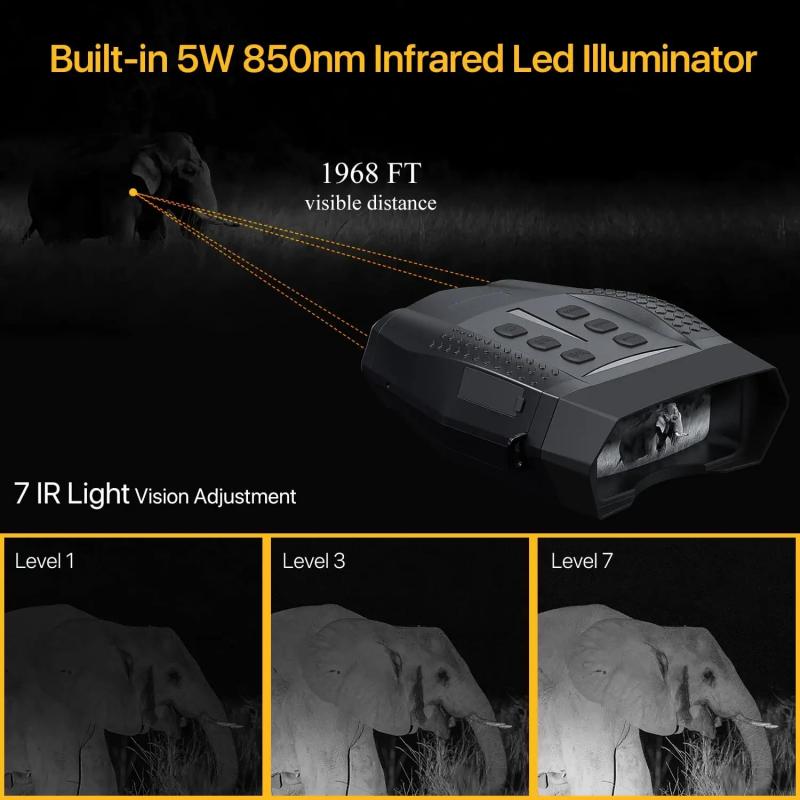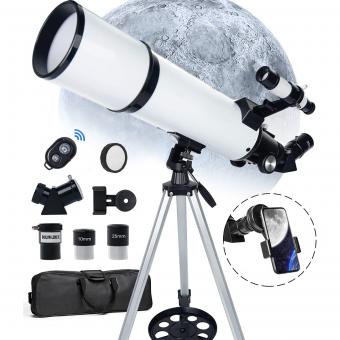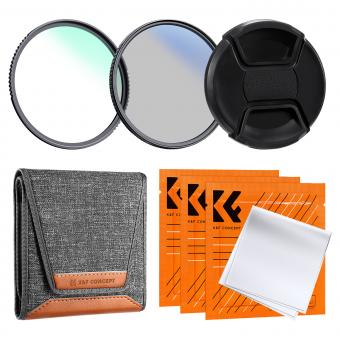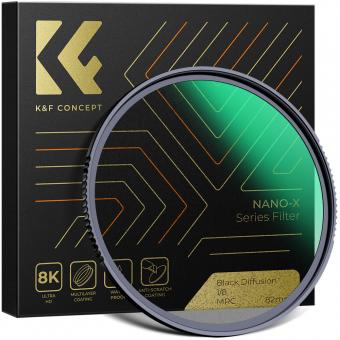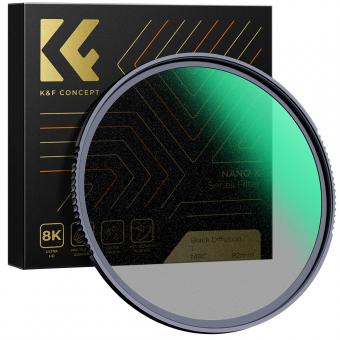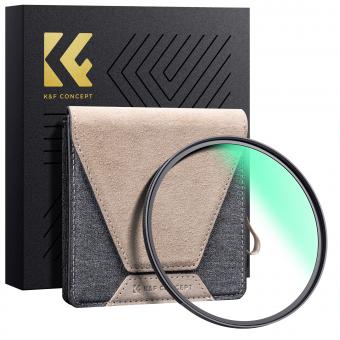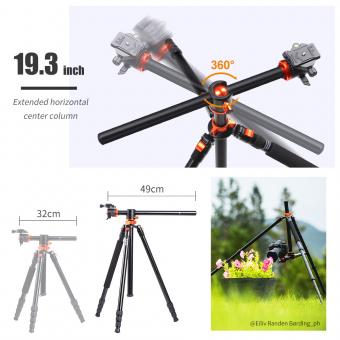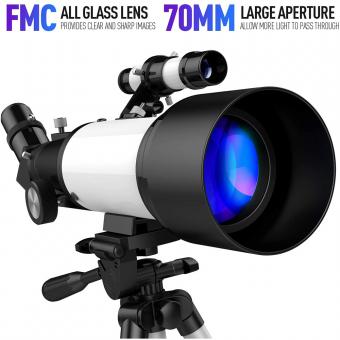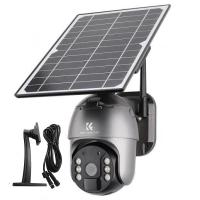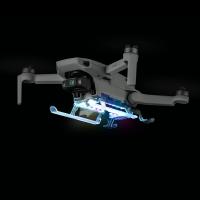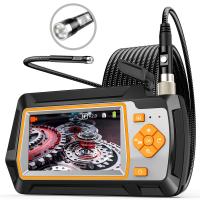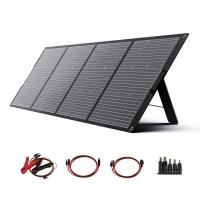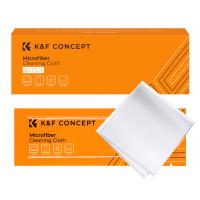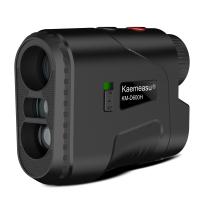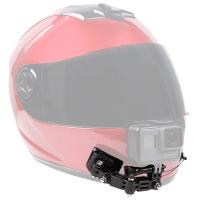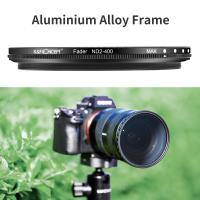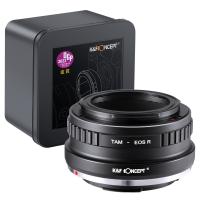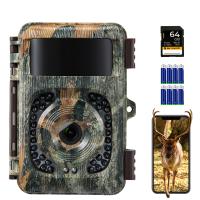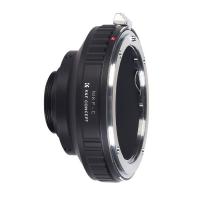Telescope What To Buy ?
When deciding what telescope to buy, it is important to consider your specific needs and interests. Factors to consider include your budget, the type of objects you want to observe (e.g., planets, galaxies, or both), the level of portability you require, and your level of experience with telescopes. Some popular options for beginners include refractor telescopes, which are easy to use and require minimal maintenance, and reflector telescopes, which offer larger apertures for better light-gathering capabilities. It is also worth considering the mount type (e.g., alt-azimuth or equatorial) and the accessories included with the telescope (e.g., eyepieces, finderscope, or tripod). Researching different models, reading reviews, and seeking advice from experienced astronomers can help you make an informed decision.
1、 Optical vs. Reflecting Telescopes: Pros and Cons
When it comes to buying a telescope, one of the first decisions you'll need to make is whether to go for an optical or reflecting telescope. Both types have their own pros and cons, and the choice ultimately depends on your specific needs and preferences.
Optical telescopes, also known as refracting telescopes, use lenses to gather and focus light. They are generally more compact and portable, making them a great choice for beginners or those who want a telescope for casual use. Optical telescopes also tend to provide sharper and more detailed images of celestial objects, especially when it comes to observing planets and the moon. However, they can be more expensive than reflecting telescopes of similar aperture.
Reflecting telescopes, on the other hand, use mirrors to gather and focus light. They are typically larger and offer a wider field of view, making them ideal for deep-sky observations. Reflecting telescopes are generally more affordable than optical telescopes of the same size, making them a popular choice among amateur astronomers. However, they may require more maintenance due to the exposed mirrors, and the images produced may not be as sharp as those from optical telescopes.
It's worth noting that recent advancements in technology have blurred the lines between optical and reflecting telescopes. Some manufacturers now offer hybrid models that combine the benefits of both types, providing high-quality images and versatility.
In conclusion, the decision between an optical or reflecting telescope ultimately depends on your specific needs, budget, and preferences. If you prioritize portability and sharp planetary views, an optical telescope may be the way to go. On the other hand, if you're interested in deep-sky observations and affordability, a reflecting telescope might be the better choice. Consider your priorities and do thorough research before making a purchase to ensure you find the telescope that best suits your needs.
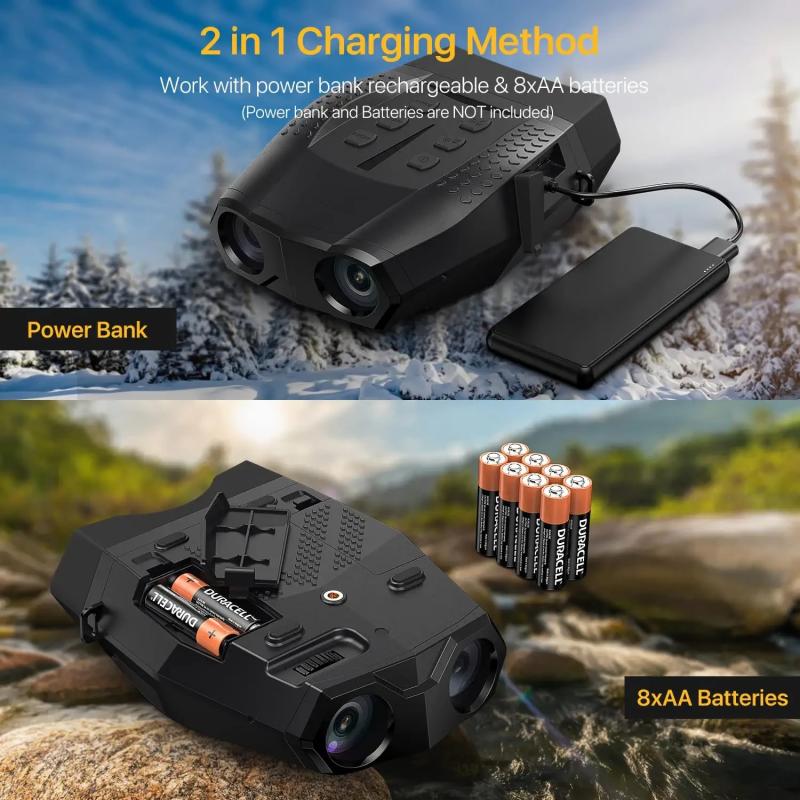
2、 Aperture Size: Choosing the Right Telescope for Your Needs
When it comes to buying a telescope, one of the most important factors to consider is the aperture size. The aperture size refers to the diameter of the telescope's main optical component, which is typically the objective lens or primary mirror. It determines the amount of light that the telescope can gather and therefore has a direct impact on the telescope's ability to resolve fine details and observe faint objects.
Choosing the right aperture size depends on your specific needs and interests in astronomy. If you are primarily interested in observing the Moon, planets, and brighter objects in the night sky, a telescope with a smaller aperture (around 70mm to 90mm) can provide satisfactory views. These telescopes are often more portable and easier to set up, making them suitable for beginners or those with limited space.
On the other hand, if you have a keen interest in deep-sky objects such as galaxies, nebulae, and star clusters, a larger aperture telescope (around 8 inches or more) is recommended. The larger aperture allows for greater light gathering power, enabling you to see fainter objects and more details in those objects. However, it's important to note that larger aperture telescopes are generally bulkier and require more setup time.
In recent years, there has been a growing trend towards larger aperture telescopes due to advancements in technology and affordability. Manufacturers are now offering larger aperture telescopes at more accessible price points, making them a viable option for amateur astronomers. Additionally, the availability of computerized mounts and GoTo systems has made it easier for beginners to navigate the night sky with larger telescopes.
Ultimately, the choice of aperture size depends on your budget, observing interests, and practical considerations such as portability and setup time. It's always recommended to do thorough research, read reviews, and seek advice from experienced astronomers before making a purchase.
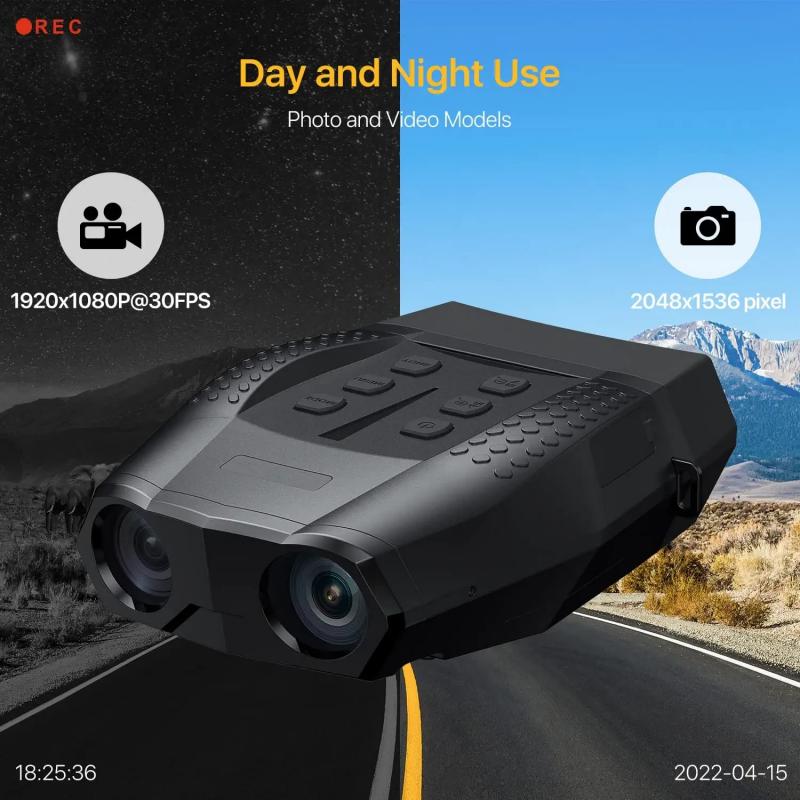
3、 Mount Type: Equatorial vs. Altazimuth Telescopes
When deciding on what telescope to buy, one of the key considerations is the mount type: equatorial or altazimuth. Both types have their advantages and it ultimately depends on your specific needs and preferences.
Equatorial mounts are designed to track the rotation of the Earth, making them ideal for astrophotography and observing celestial objects for extended periods of time. They have two axes of rotation: right ascension (RA) and declination (Dec), which align with the Earth's axis. This allows for precise tracking of objects as they move across the sky. Equatorial mounts can be more complex to set up and require some knowledge of celestial coordinates, but they offer greater stability and smoother tracking.
On the other hand, altazimuth mounts are simpler to use and more intuitive for beginners. They have two perpendicular axes: altitude (up and down) and azimuth (left and right). Altazimuth mounts are great for observing objects closer to the horizon, such as planets and terrestrial objects. They are also generally more portable and easier to set up.
In recent years, there has been a rise in computerized mounts that combine the benefits of both equatorial and altazimuth systems. These GoTo mounts use GPS and digital databases to automatically locate and track celestial objects. They are a popular choice for those who want convenience and ease of use.
Ultimately, the decision between equatorial and altazimuth mounts depends on your observing goals, level of experience, and budget. If you are interested in astrophotography or want to observe objects for longer periods, an equatorial mount may be the better choice. However, if you prioritize simplicity and portability, an altazimuth mount or a computerized GoTo mount could be more suitable.

4、 Go-To vs. Manual Telescopes: Which is Right for You?
When it comes to buying a telescope, one of the most important decisions you'll need to make is whether to go for a Go-To or a manual telescope. Both options have their own advantages and it ultimately depends on your personal preferences and level of experience.
A Go-To telescope is equipped with a computerized system that can automatically locate celestial objects for you. This can be a great option for beginners or those who are less familiar with the night sky. With just a few clicks, you can have the telescope point directly at planets, stars, and other deep-sky objects. This feature can save you a lot of time and frustration, especially when trying to locate faint or distant objects.
On the other hand, a manual telescope requires you to manually adjust the telescope's position to find celestial objects. This option is often preferred by more experienced astronomers who enjoy the challenge and satisfaction of navigating the night sky on their own. Manual telescopes also tend to be more affordable and lightweight compared to their Go-To counterparts.
However, it's worth noting that technology has advanced significantly in recent years, and Go-To telescopes have become more accurate and user-friendly. They now often come with built-in databases of thousands of celestial objects, making it easier than ever to explore the universe.
In conclusion, the choice between a Go-To or a manual telescope depends on your personal preferences and level of experience. If you're a beginner or prefer the convenience of automated tracking, a Go-To telescope may be the right choice for you. However, if you enjoy the challenge of manually navigating the night sky and have a good understanding of celestial coordinates, a manual telescope can provide a more immersive and rewarding experience.
